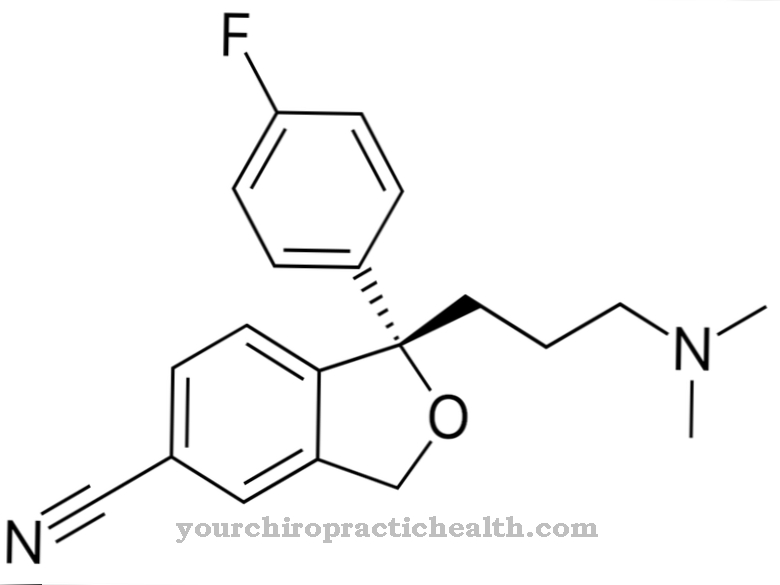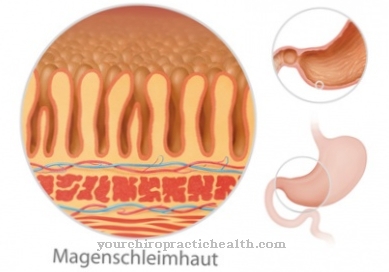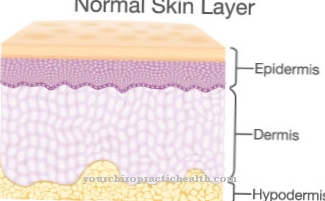Ofloxacin is the name for a broad spectrum antibiotic. It belongs to the group of active substances called the fluoroquinolones.
What is ofloxacin?
Ofloxacin is an antibiotic that kills bacteria. It is used to treat bacterial infections such as respiratory or urinary tract diseases.
Ofloxacin belongs to the group of fluoroquinolones. The quinolones are also known as gyrase inhibitors and are divided into four generations in medicine. Ofloxacin belongs to the 2nd generation and is suitable for the treatment of complicated infections of the urinary tract as well as certain diseases of the gastrointestinal tract. The antibiotic agent can also be used against bacterial eye infections.
Ofloxacin was approved in Europe in the 1980s. It was also approved as an eye medicine in the early 1990s. In Germany it is sold under the product names Floxal® Augentropfen, Tarivid®, Uro-Tarivid® and Gyroflox®. There are also several generic drugs available. Since the antibiotic is subject to prescription, it can only be purchased on presentation of a doctor's prescription.
Pharmacological effect
Ofloxacin has the property of inhibiting two enzymes that are of vital importance to the bacteria. These are the enzymes topoisomerase II (gyrase) and topoisomerase IV. The DNA of the bacteria is a molecule in the form of a rope ladder. It is twisted in the cell nucleus. This twist is partially resolved so that the genetic information can be read off. After this process, the DNA strand twists again, which requires the two enzymes topoisomerase II and IV.
The enzymes are prevented from doing this by the antibiotic ofloxacin. As a result, the genetic information cannot be read, which ultimately leads to the death of the bacterial cell. Ofloxacin acts faster than other antibiotics such as ciprofloxacin or norfloxacin because of its bactericidal properties.
Ofloxacin is absorbed into the human blood without problems. The active ingredient then binds to about 25 percent of plasma proteins. If taken by mouth, the antibiotic reaches its highest level in the blood after 30 to 60 minutes. The half-life is around 5 to 7 hours. The drug is hardly metabolized. It is eliminated from the body primarily through the kidneys. Ofloxacin leaves the organism about six hours after it was taken.
Medical application & use
Ofloxacin has a wide range of uses. So it serves u. a. to treat urinary tract infections, inflammation of the urinary bladder and kidneys. It is also suitable for treating venereal diseases such as gonorrhea (gonorrhea).
Other indications are bacterial otitis media, infections in the mouth and throat, inflammatory rhinitis, sinusitis, acute or chronic bronchitis and pneumonia.
The antibiotic is also suitable for inflammation of the soft tissues, skin infections, bone inflammation, infections in the pelvic and abdominal cavity, diarrhea caused by bacteria and blood poisoning (sepsis). Ofloxacin is given to protect against infections when the body's defenses are reduced.
The antibiotic agent can also be applied locally in the form of eye drops or eye ointment. Primarily superficial inflammation of the eye and the appendages of the eye are treated. These diseases include, in particular, barley grains, chronic inflammation of the conjunctiva (conjunctivitis), eyelid margin inflammation (blepharitis) and a combination of both infections (blepharoconjunctivitis). To this end, ofloxacin was placed on the list of essential drugs by the WHO (World Health Organization) in 2013.
Ofloxacin is used either orally in the form of tablets or as an eye ointment or eye drops. In severe cases, however, it can also be administered as an infusion to ensure a faster effect. The dose of the antibiotic depends on the type and extent of the infection. In addition, individual criteria such as kidney function and the age of the patient play an important role.
For uncomplicated urinary tract infections, the patient is usually given 200 milligrams ofloxacin, which are divided into two individual doses per day. Treatment usually lasts three days. If there is a severe infection, the sick person can also receive 400 milligrams twice a day.
If there is an eye infection, the patient puts one drop of the agent into the affected eye four times a day. As an alternative, eye ointment can be applied three times a day. The duration of therapy is a maximum of two weeks.
Risks & side effects
Side effects are also possible with the use of Ofloxacin. In most patients these manifest themselves in the form of gastrointestinal complaints such as diarrhea, which is sometimes bloody.
Other side effects can include loss of appetite, nausea, vomiting, abdominal pain, dizziness, headache, seizures, unsteadiness when walking, tremors, drowsiness, trouble sleeping, lower blood pressure, racing heart, itching, rash and confusion. Jaundice, severe liver damage, and inflammation of the liver and kidneys rarely occur.
If the patient suffers from severe side effects, a doctor must be consulted. When ofloxacin is used on the eye, it may cause slight eye pain or irritation.
If there is hypersensitivity to ofloxacin or other gyrase inhibitors such as norfloxacin, ciprofloxacin or levofloxacin, the antibiotic must not be used. This also applies in the case of tendon disorders that occurred with previous fluoroquinolone use, urinary retention and epileptic seizures.
Use in children and adolescents during the growth phase is also not possible, as otherwise there is a risk of damage to the articular cartilage. In addition, you should refrain from taking the antibiotic during pregnancy and breastfeeding.

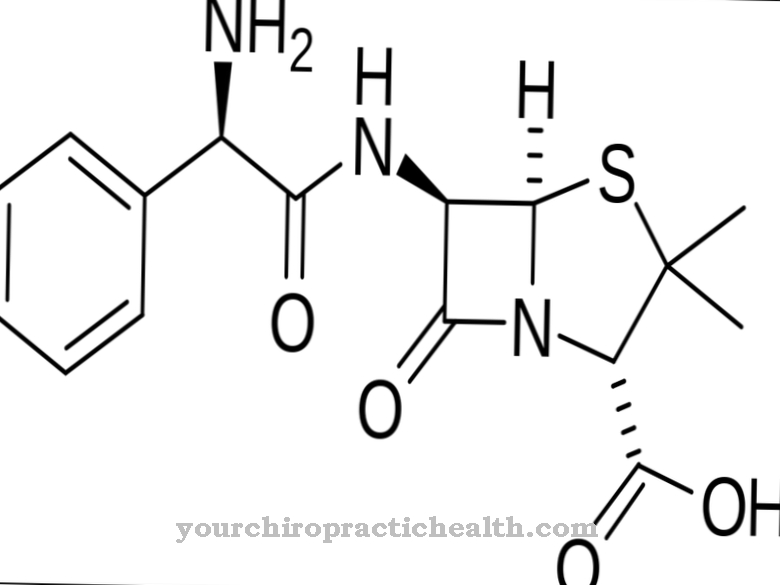
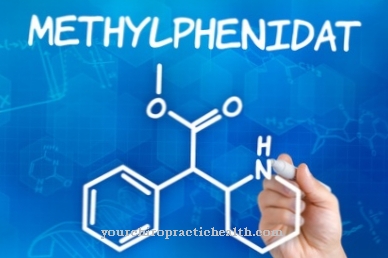







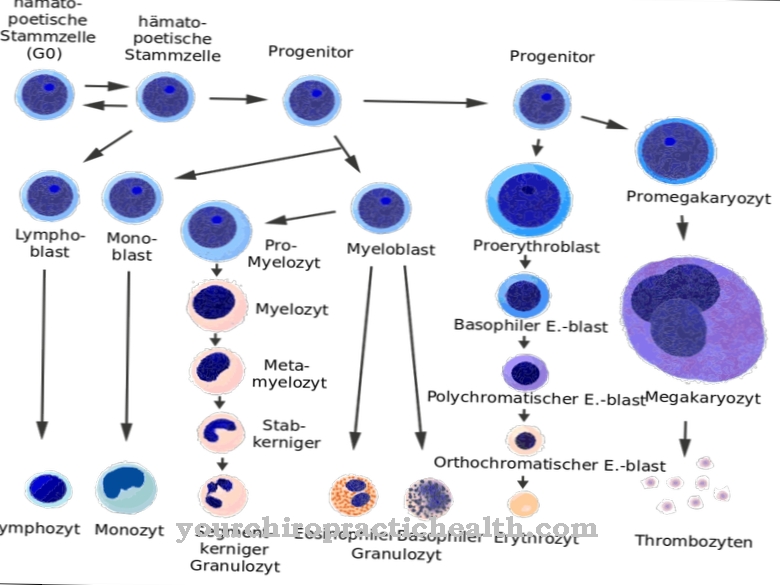
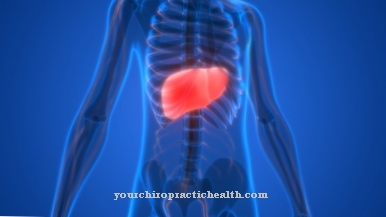

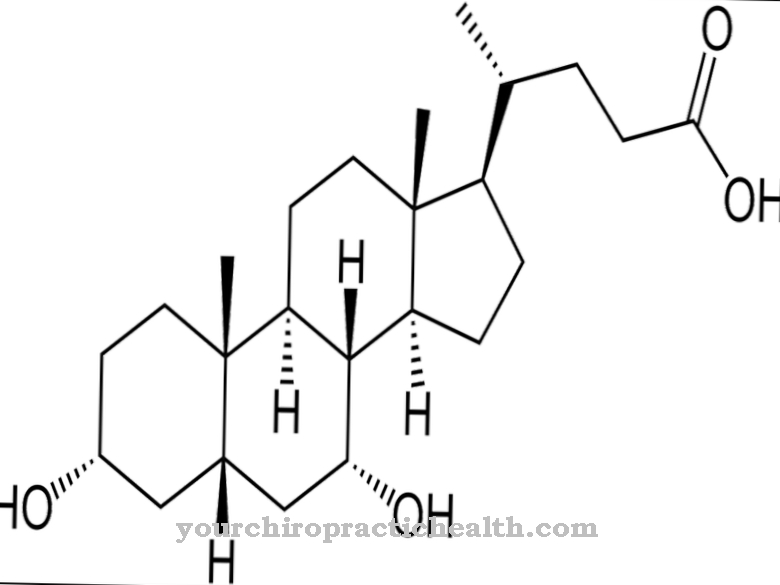
.jpg)


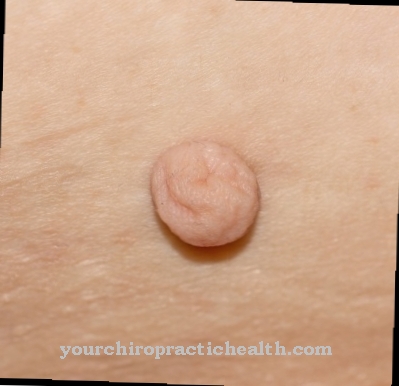

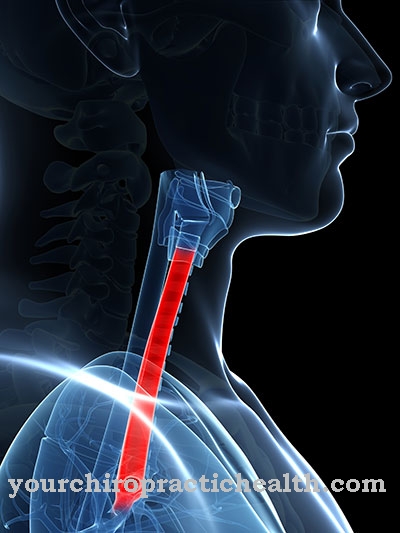


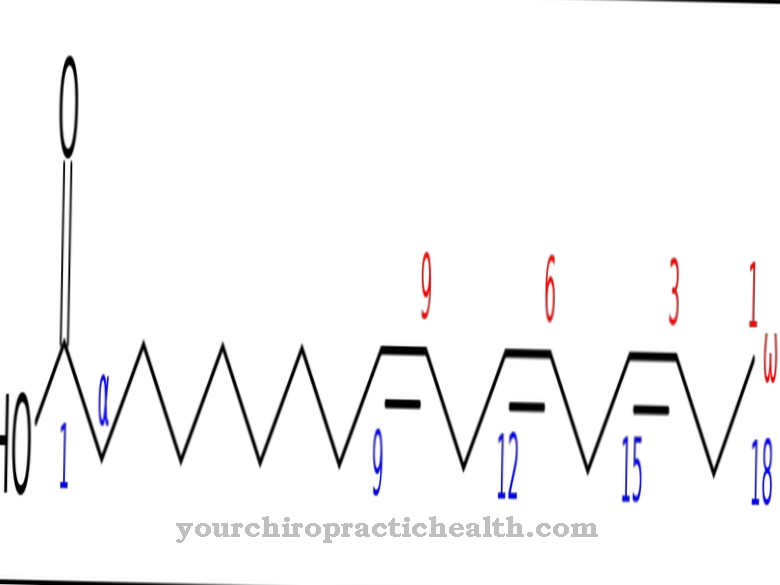

.jpg)

